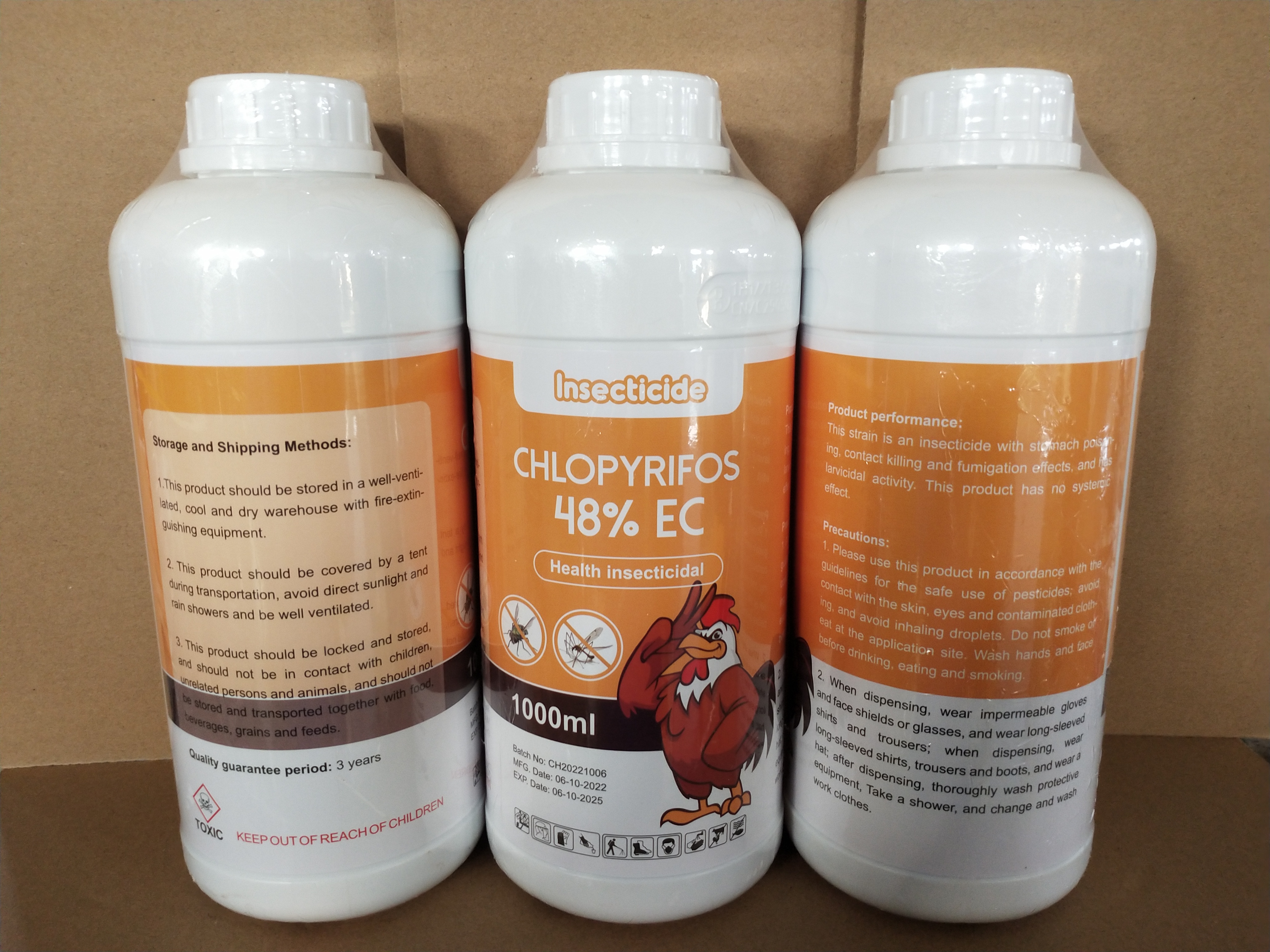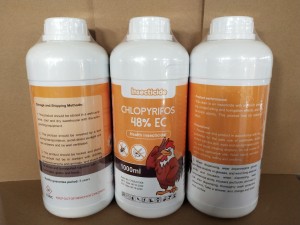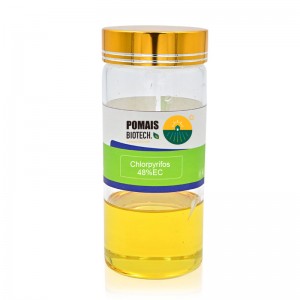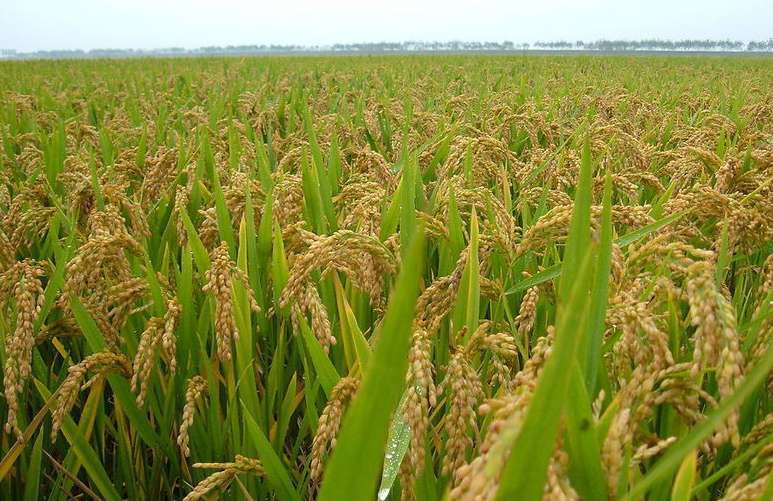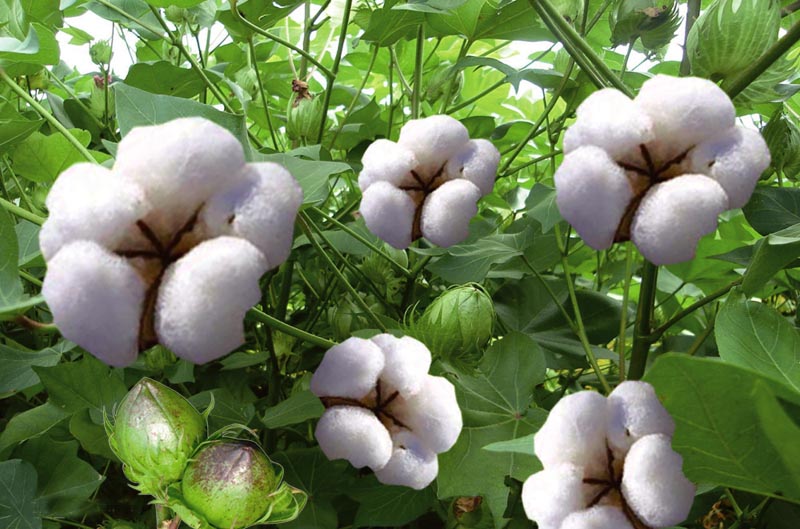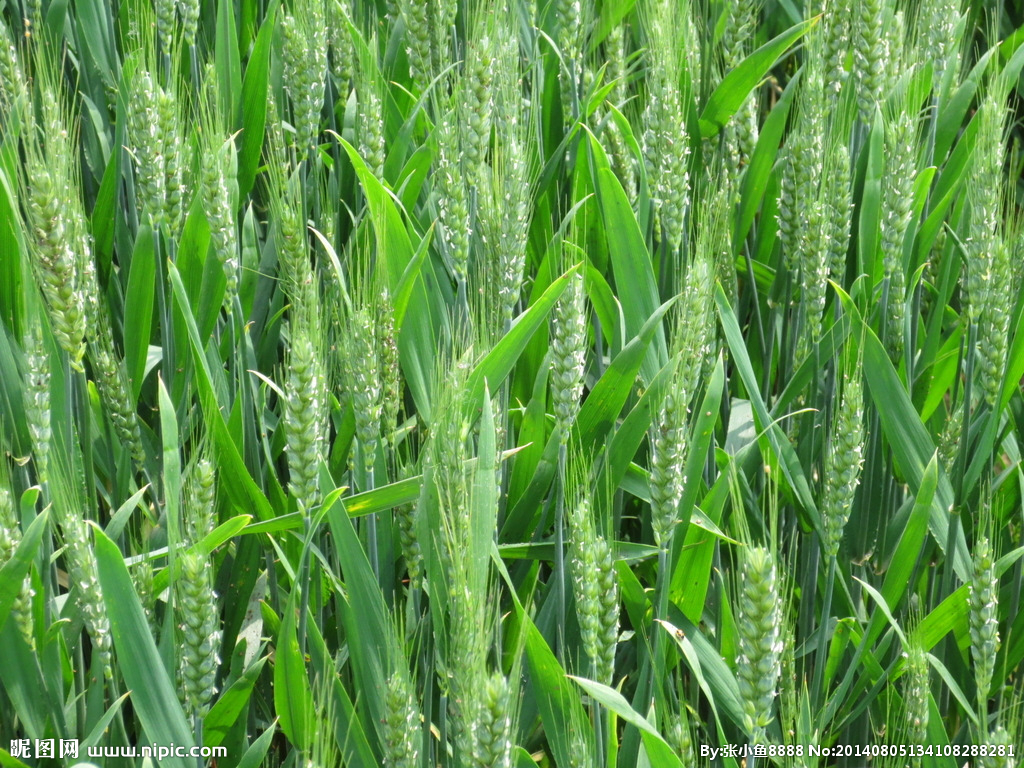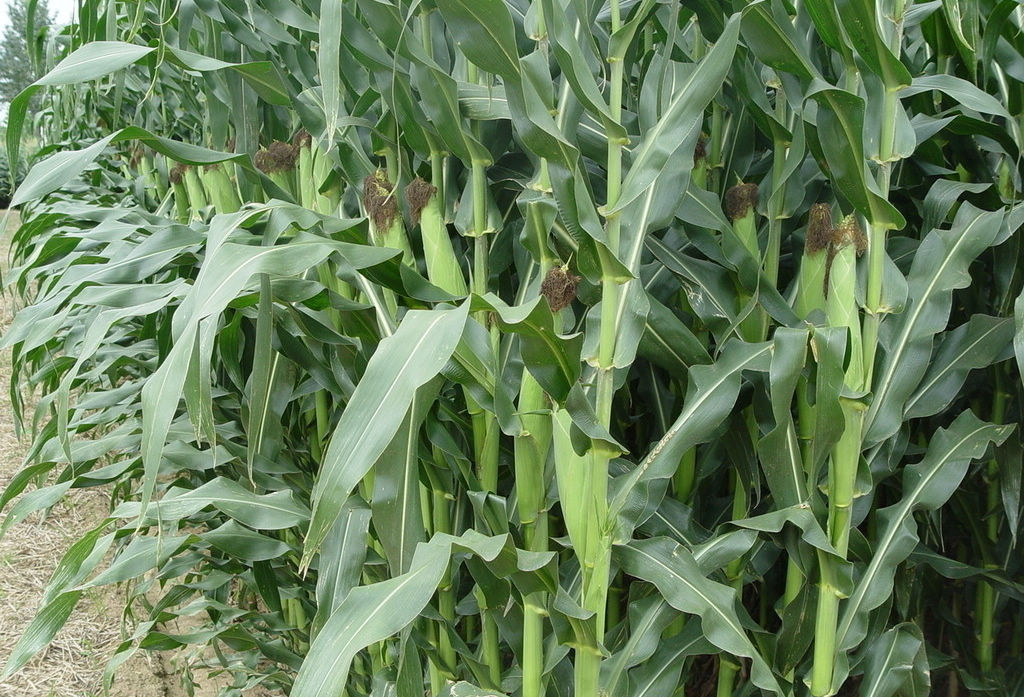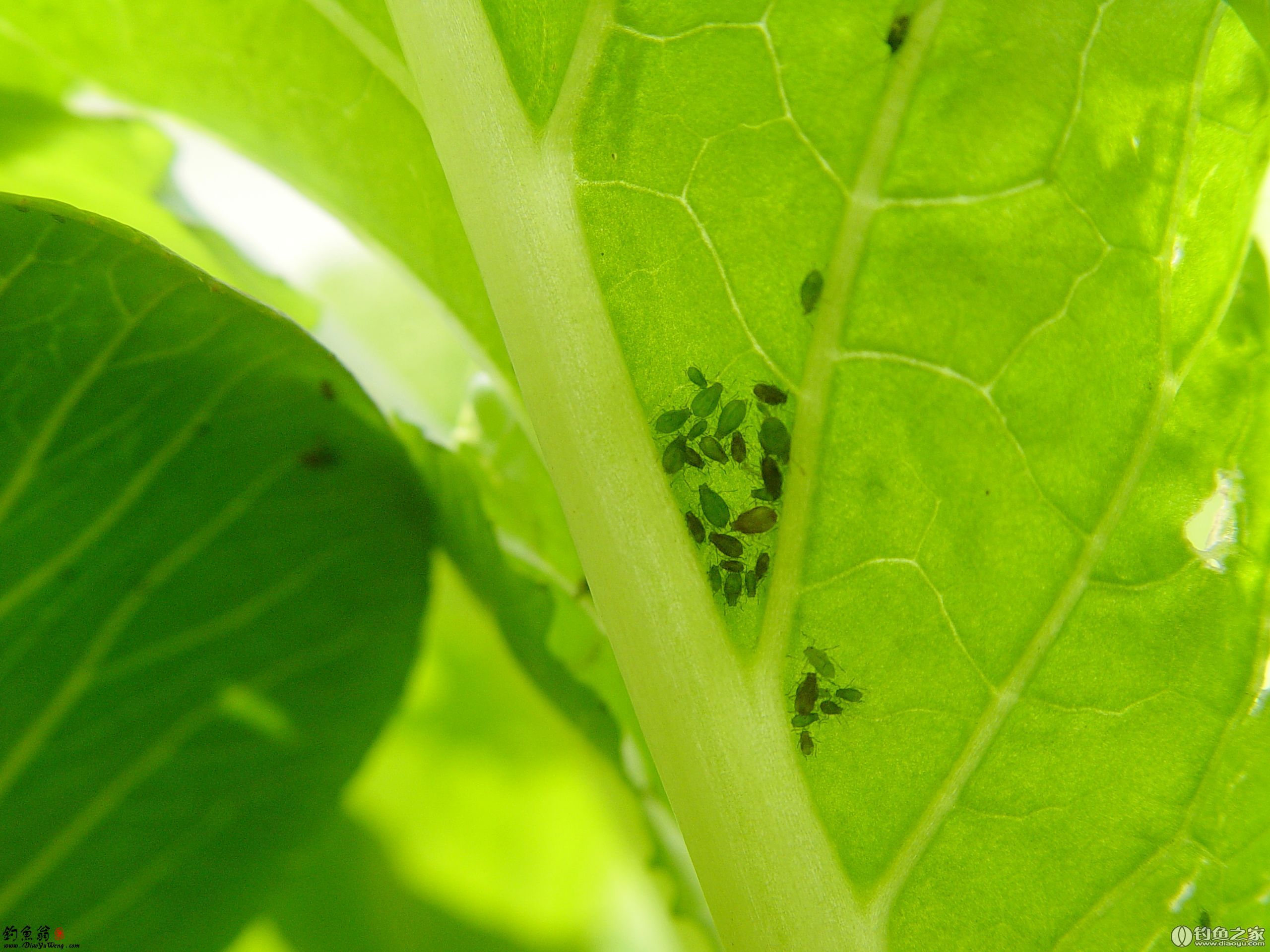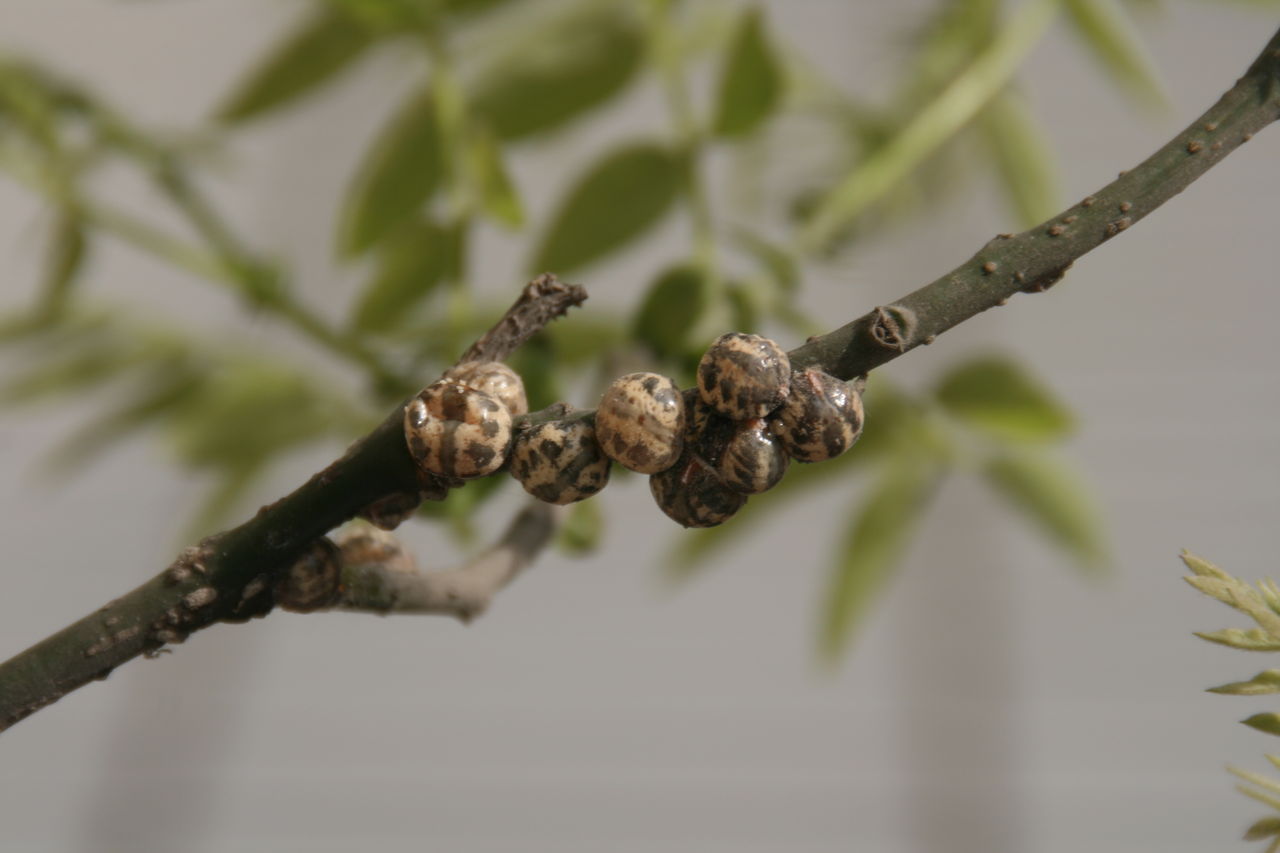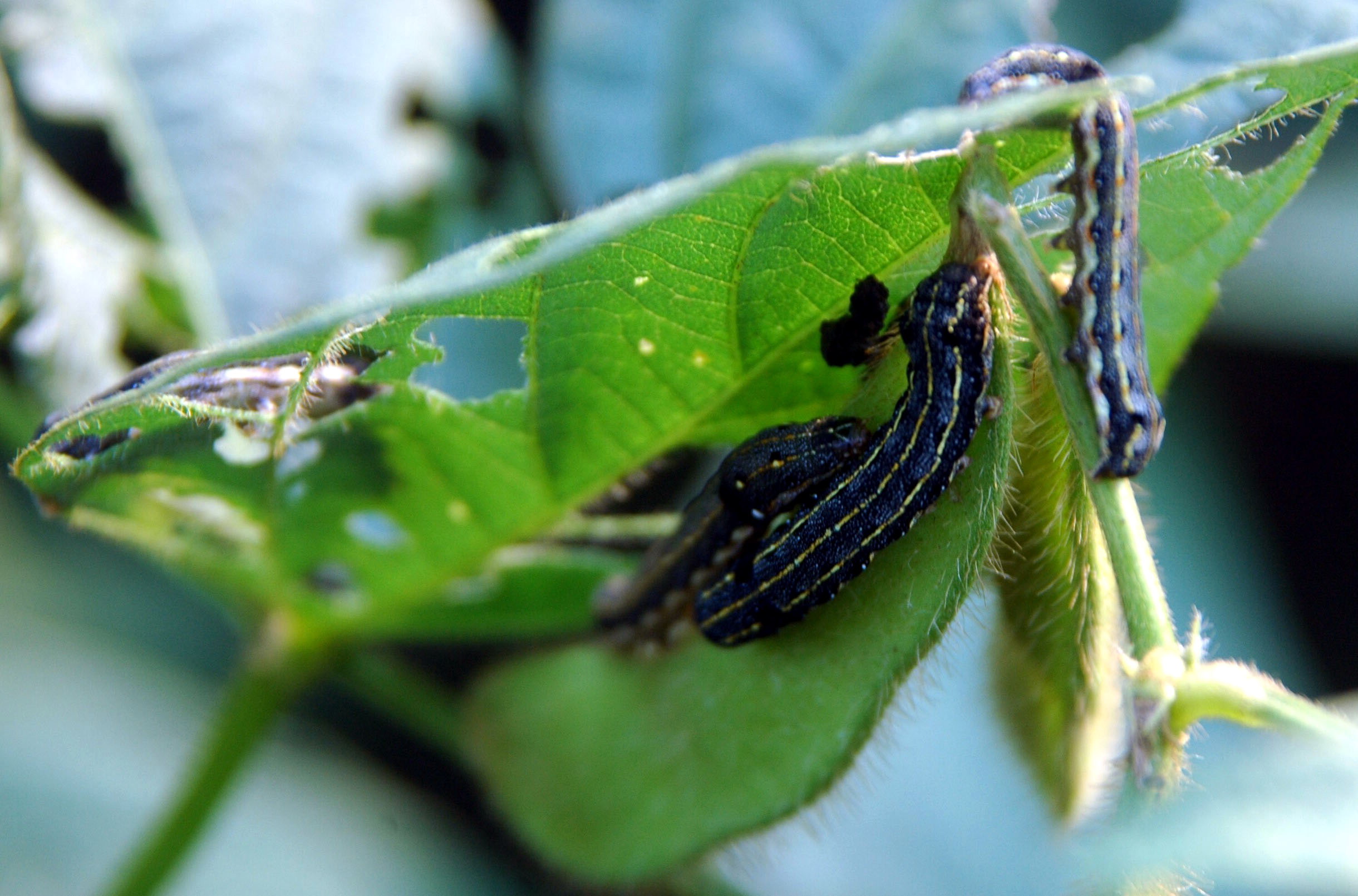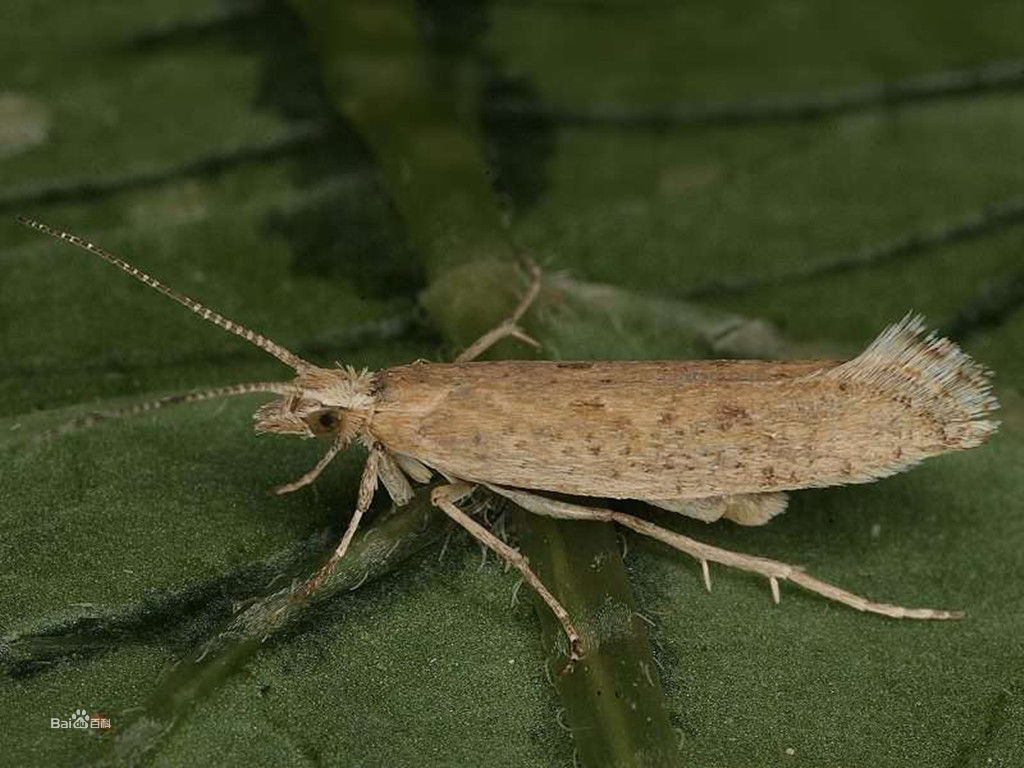Products
Agricultural Chemicals Insecticide Pesticide Pest Control Chlorpyrifos 48%EC
Introduction
| Active Ingredient | Chlorpyrifos 48%EC |
| CAS Number | 2921-88-2 |
| Molecular Formula | C9H11Cl3NO3PS |
| Application | Chlorpyrifos is moderately toxic. It is a cholinesterase inhibitor and has contact killing, stomach poisoning and fumigation effects on pests. |
| Brand Name | POMAIS |
| Shelf life | 2 Years |
| Purity | 48%EC |
| State | Liquid |
| Label | Customized |
| Formulations | 20%EC,40%EC,45%EC,50%EC,65%EC,400G/L EC,480G/LEC |
Mode of Action
Chlorpyrifos is a nerve poison that inhibits the activity of acetylcholinesterase, causing a large amount of acetylcholine to accumulate at the nerve synapse, causing the postsynaptic membrane to become unstable, the nerve fibers to be in a state of excitement for a long time, and normal nerve conduction to be blocked, thus causing insect poisoning and death.
Using Method
1. Spray. Dilute 48% chlorpyrifos EC with water and spray.
1. Use 800-1000 times of liquid to control larvae of American spotted leafminer, tomato spotted flyminer, pea leafminer, cabbage leafminer and other larvae.
2. Use 1000 times liquid to control cabbage caterpillar, Spodoptera litura larvae, lamp moth larvae, melon borer and other larvae and aquatic vegetable borers.
3. Use 1500 times the solution to prevent and control the pupating larvae of the green leaf miner and the larvae of the yellow spot borer.
2. Root irrigation: Dilute 48% chlorpyrifos EC with water and then irrigate the roots.
1. During the initial spawning period of leek maggots, use 2000 times liquid light to control leek maggots, and use 500 liters of liquid medicine per acre.
2. When irrigating garlic with the first or second water in early to mid-April, use 250-375 ml of EC per acre and apply pesticides with the water to prevent root maggots.
Precautions
⒈ The safety interval of this product on citrus trees is 28 days, and it can be used up to once per season; the safety interval on rice is 15 days, and it can be used up to two times per season.
⒉ This product is toxic to bees, fish and other aquatic organisms, and silkworms. During the application period, it should avoid affecting the surrounding bee colonies. It is also prohibited during the flowering period of nectar crops, silkworm houses and mulberry gardens. Apply pesticides away from aquaculture areas, and it is prohibited to wash pesticide application equipment in rivers, ponds and other water bodies.
⒊ This product is sensitive to melons, tobacco and lettuce in the seedling stage, please use with caution.
⒋ Wear protective clothing and gloves when using this product to avoid inhaling the liquid. After application, wash equipment thoroughly, bury or incinerate packaging bags, and wash hands and face immediately with soap
⒌ Although Diefende is a low-toxicity pesticide, you should abide by the safe application rules of pesticides when using it. If you are accidentally poisoned, you can treat it with atropine or phosphine according to the case of organophosphorus pesticide poisoning, and you should be sent to the hospital for diagnosis and treatment in time.
⒍ It is recommended to use it in rotation with pesticides with different mechanisms of action.
7. It cannot be mixed with alkaline pesticides. To protect bees, use during the flowering period should be avoided.
8. Medication should be stopped before harvesting of various crops.
FAQ
Are you a factory?
We could supply insecticides, fungicides, herbicides, plant growth regulators etc. Not only we have our own manufacture factory ,but also have long-term cooperated factories.
Could you provide some free sample?
Most samples of less than 100g can be provided for free, but will add extra cost and shipping cost by courier.
Why Choose US
We supply varies of products with design,production,exporting and one stop service.
OEM production can be provided based on customers’ needs.
We cooperate with customers all over the world, ans provide pesticide registration support.

